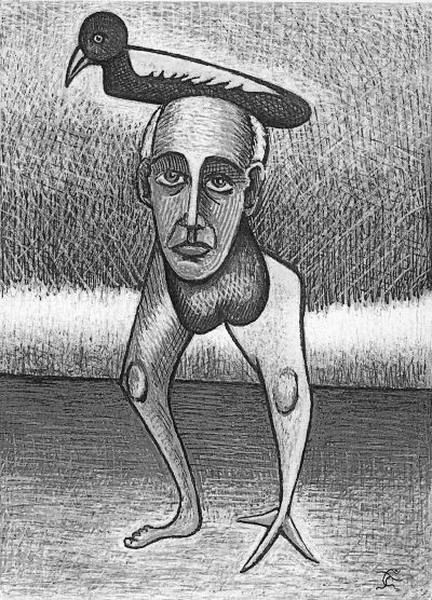APR 25 2011
I had someone ask me an interesting question yesterday at Easter festivities. I had mentioned I wanted to do more to get my art out there before the public and he asked,"Well, what kind of art is it? How would you describe it in marketing terms?"
I responded with something like 'interpretive art' because, I thought, my images are very open to personal interpretation by the viewer. BUT I find that what the world calls 'interpretive art' is something else entirely. I foolishly thought I'd just made up a 'classification' but I was wrong---again.
I've been labelling it 'abstract' here merely because it's not any of the other. So fellow artists, if you were to describe my art to someone who had never seen an example, how would you go about it? It does start out as automatic until some level of the conscious mind takes over and works it into 'something' I, the so-called artist, can be more or less happy with. But what is the end result and what can I call it without feeling the description either inadequate or overly pompous?
Ok, you think about it and I'll think about it and we'll see what we can dredge up. Thanks.

